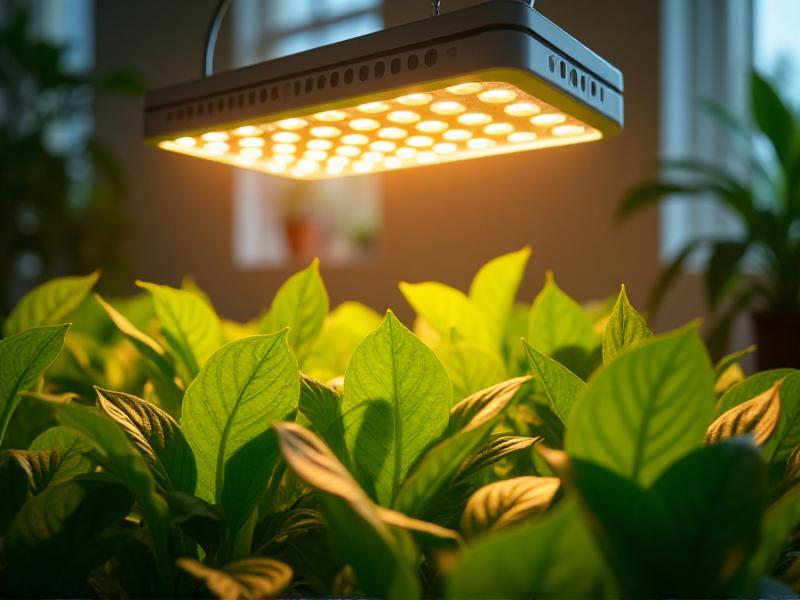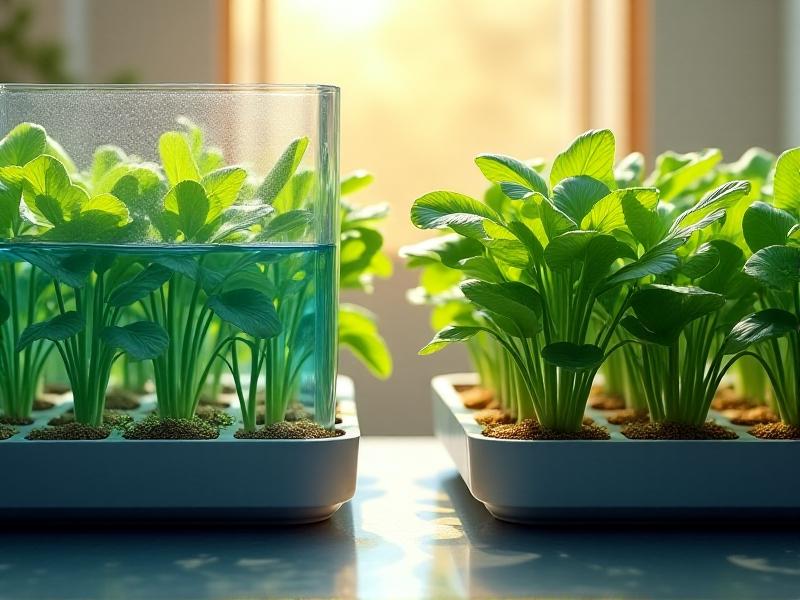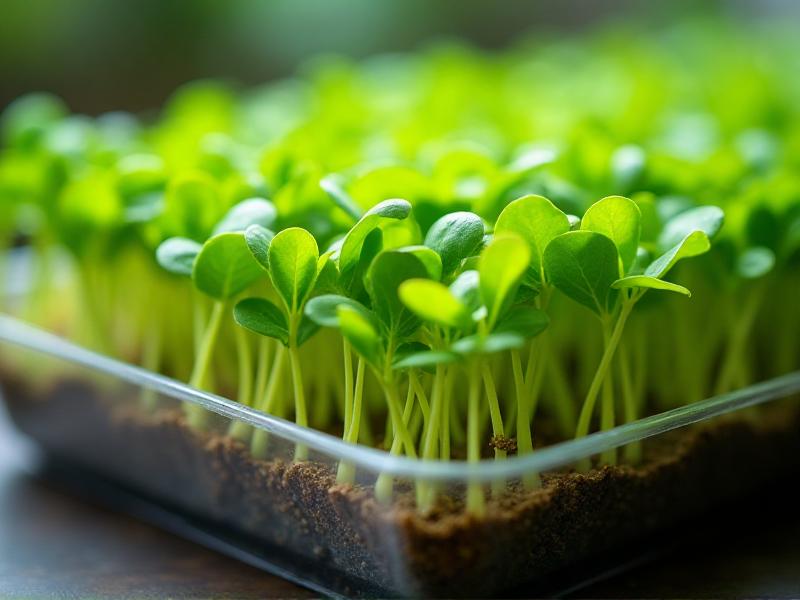pH Balancing Hacks for Recirculating Systems
Understanding pH in Recirculating Systems
Recirculating systems, commonly used in hydroponics and aquaculture, rely heavily on maintaining the right pH balance for optimal performance. pH, a measure of acidity or alkalinity, plays a crucial role in nutrient availability and the overall health of plants or aquatic life. In these systems, pH levels can fluctuate due to factors like nutrient uptake, water evaporation, and microbial activity. Understanding the science behind pH and its impact on recirculating systems is the first step toward effective management. A stable pH ensures that nutrients remain accessible to plants or fish, preventing deficiencies or toxicities that can hinder growth. Monitoring pH regularly and understanding the ideal range for your specific system is essential. For most hydroponic systems, a pH range of 5.5 to 6.5 is optimal, while aquaculture systems typically thrive in a range of 6.5 to 8.0. By grasping the fundamentals of pH, you can take proactive steps to maintain balance and avoid costly disruptions.
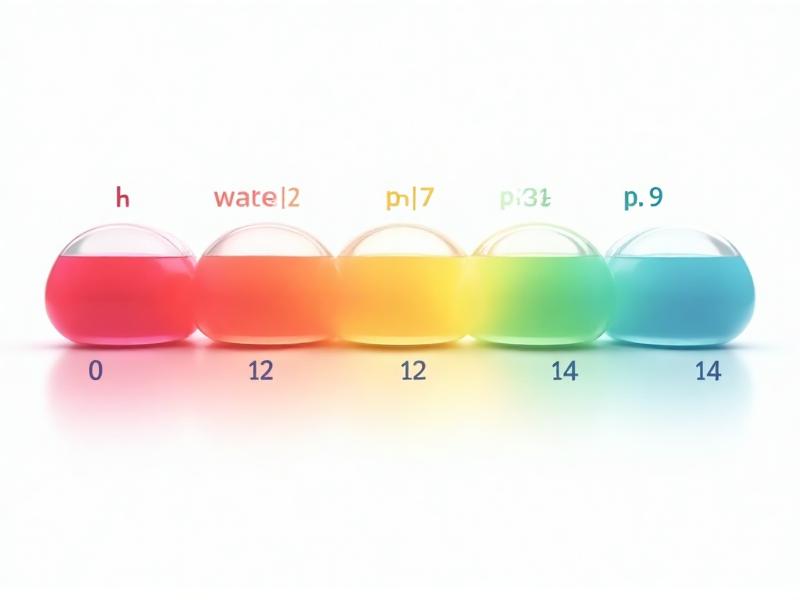
Common Causes of pH Imbalance
Identifying the root causes of pH imbalance in recirculating systems is critical for effective troubleshooting. One of the most common culprits is the accumulation of dissolved minerals, which can alter water chemistry over time. For instance, calcium and magnesium deposits can increase alkalinity, while organic matter decomposition can lead to acidity. Another factor is the type of nutrients used in hydroponic systems; some formulations are inherently acidic or alkaline and can shift pH levels significantly. In aquaculture, fish waste and uneaten feed contribute to ammonia buildup, which can lower pH. Water source quality also plays a role—tap water often contains chlorine or other chemicals that affect pH stability. Environmental factors like temperature and light intensity can further exacerbate fluctuations. By understanding these causes, you can implement targeted strategies to address imbalances before they disrupt your system. Regular testing and observation are key to staying ahead of potential issues.
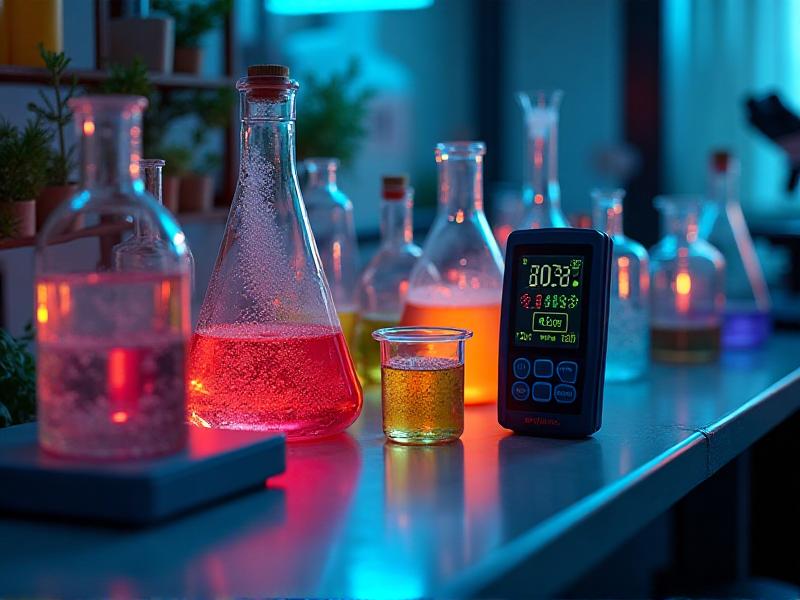
Tools and Techniques for pH Monitoring
Accurate pH monitoring is the cornerstone of maintaining balance in recirculating systems. Several tools are available to help you measure pH with precision. Digital pH meters are widely used for their accuracy and ease of use, though they require regular calibration to ensure reliable readings. pH test strips are a more affordable option but may lack the precision of digital meters. For continuous monitoring, inline pH sensors can be integrated into the system to provide real-time data. Regardless of the tool you choose, consistency is key. Establish a routine for testing, such as daily or weekly checks, and keep a log to track trends over time. Calibration solutions and cleaning kits are essential for maintaining the accuracy of your equipment. Additionally, consider investing in a backup testing method to cross-verify results. By combining the right tools with a disciplined approach, you can stay on top of pH fluctuations and take corrective action promptly.
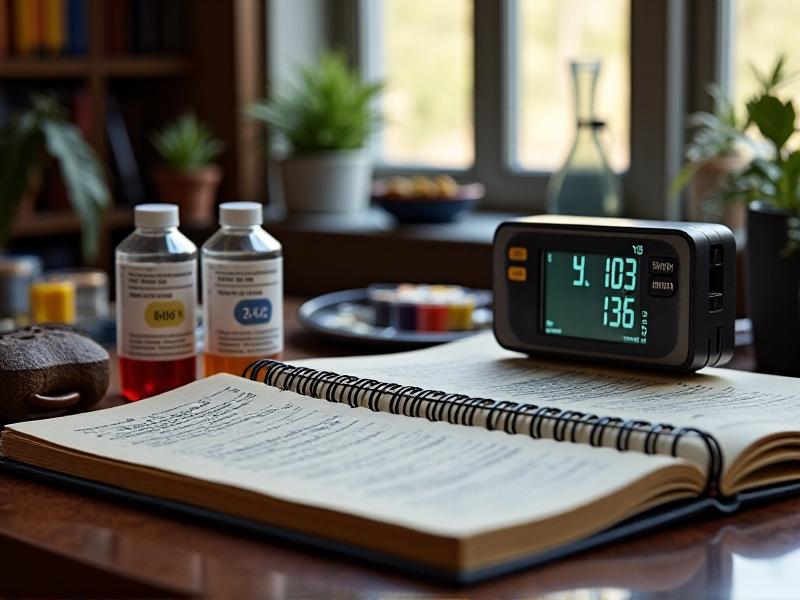
Natural Methods for pH Adjustment
Natural methods for pH adjustment offer a sustainable and cost-effective way to maintain balance in recirculating systems. One popular approach is the use of buffering agents like crushed limestone or oyster shells, which slowly release calcium carbonate to stabilize pH. For lowering pH, organic acids such as citric acid or vinegar can be effective, though they should be used sparingly to avoid sudden drops. Peat moss is another natural option for gently acidifying water in hydroponic systems. In aquaculture, incorporating aquatic plants can help absorb excess nutrients and stabilize pH over time. Compost teas, rich in beneficial microbes, can also enhance water quality and pH stability. These methods not only address pH imbalances but also contribute to the overall health of the system. However, it’s important to monitor changes closely and adjust dosages as needed. By leveraging natural solutions, you can create a more resilient and eco-friendly system.
Chemical Solutions for pH Control
When natural methods fall short, chemical solutions can provide a more immediate and precise way to adjust pH in recirculating systems. pH up and pH down products, typically made from potassium hydroxide and phosphoric acid, are widely used in hydroponics and aquaculture. These solutions allow for fine-tuning pH levels to meet specific requirements. However, caution is essential when using chemicals, as over-application can lead to rapid and potentially harmful fluctuations. Always follow manufacturer guidelines and add solutions gradually, testing frequently to avoid overshooting the target pH. In some cases, buffering agents like potassium bicarbonate can be used to stabilize pH after adjustment. It’s also important to consider the compatibility of chemicals with other system components, such as nutrient solutions or biological filters. By using chemical solutions judiciously, you can achieve precise pH control while minimizing risks to your system.
Preventing pH Fluctuations Over Time
Preventing pH fluctuations is often easier than correcting them, and proactive measures can save time and resources in the long run. Start by selecting a high-quality water source with minimal contaminants. Using reverse osmosis (RO) water can provide a clean baseline for your system. Regularly clean and maintain system components, such as pumps, filters, and tubing, to prevent buildup that can affect pH. In hydroponics, choose nutrient formulations designed for stability and avoid overfeeding, which can lead to nutrient lockout and pH shifts. In aquaculture, manage stocking densities and feeding practices to reduce waste accumulation. Incorporating aeration can also help maintain pH stability by promoting gas exchange and reducing carbon dioxide buildup. Finally, establish a routine maintenance schedule that includes testing, cleaning, and adjustments. By taking these preventive steps, you can create a more stable and resilient recirculating system.
Case Studies: Successful pH Management
Real-world examples can provide valuable insights into effective pH management strategies. One case study involves a commercial hydroponic farm that struggled with recurring pH drops due to high nutrient uptake. By switching to a buffered nutrient solution and implementing regular monitoring, the farm achieved stable pH levels and increased crop yields. Another example comes from an aquaculture facility that faced pH instability caused by overstocking and poor waste management. Introducing a biofilter and reducing stocking densities helped restore balance and improve fish health. These case studies highlight the importance of tailored solutions and continuous improvement. Learning from others’ experiences can help you identify potential challenges and adopt best practices for your own system. Whether you’re a hobbyist or a professional, these examples demonstrate that with the right approach, pH management is both achievable and rewarding.
Advanced Tips for pH Optimization
For those looking to take pH management to the next level, advanced techniques can offer greater precision and efficiency. Automated pH controllers, which adjust pH in real-time using sensors and dosing pumps, can save time and reduce human error. Integrating these systems with monitoring software allows for remote tracking and data analysis. Another advanced strategy is the use of ion-selective electrodes to measure specific ions that influence pH, such as hydrogen and hydroxide ions. In hydroponics, experimenting with different nutrient ratios can help fine-tune pH stability. For aquaculture, incorporating biofloc technology can enhance water quality and pH control by promoting beneficial microbial activity. Additionally, staying informed about the latest research and innovations in pH management can provide new insights and tools. By adopting these advanced techniques, you can optimize your system’s performance and achieve consistent results.


